As the real estate landscape evolves, so do the laws that govern it. In 2025, several unusual regulations are coming into effect, leaving homeowners, investors, and agents scratching their heads. These laws range from quirky restrictions on home aesthetics to innovative policies aimed at preserving the environment. While some make sense in the context of modern issues like climate change, others seem downright bizarre. This article explores 12 of the strangest real estate laws taking effect this year, from colorful mandates to unconventional zoning regulations. Whether you’re a property owner, a prospective buyer, or simply curious about the future of real estate, these laws will make you rethink what’s possible in the housing market.
1. No More Single-Color Houses in Select Neighborhoods
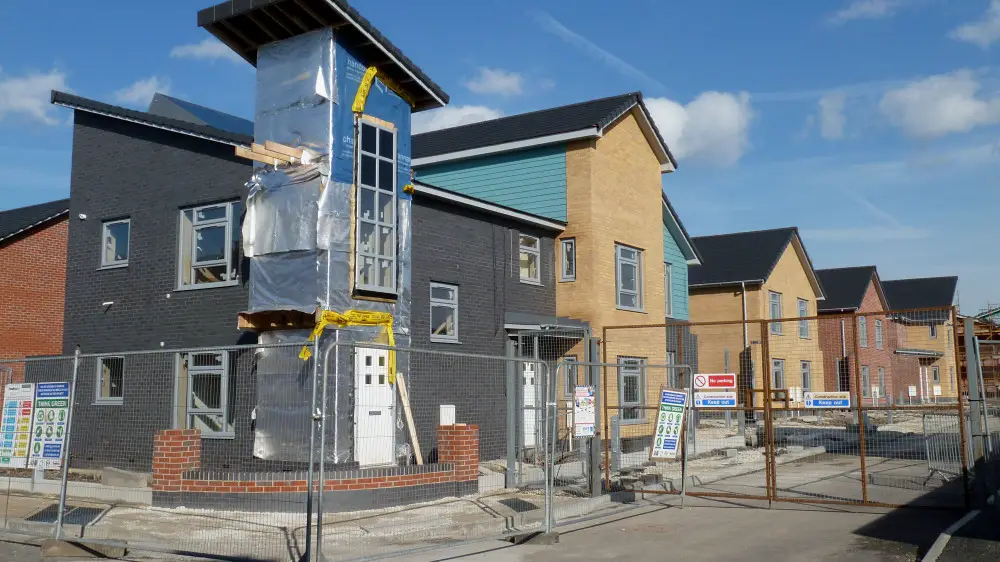
In an effort to promote “vibrant communities,” some cities are outlawing single-color homes in designated neighborhoods. This rule requires homeowners to incorporate at least three contrasting colors into their exterior design, including the roof, siding, and trim. Supporters argue that this will make communities more lively and visually interesting, but critics feel it restricts personal expression. Penalties for noncompliance include fines ranging from $500 to $5,000 depending on the home’s size.
Surprisingly, the rule is being embraced in areas like Austin, Texas, and Portland, Oregon, where colorful architecture is already a trend. Proponents also claim this boosts local economies by encouraging partnerships with painters, designers, and suppliers of eco-friendly paints. For those who want a minimalist aesthetic, the law allows exemptions if the home incorporates unique design elements such as artistic murals. However, navigating these exemptions requires approval from a designated neighborhood board, adding bureaucracy to what was once a simple decision. This regulation aligns with broader urban planning goals to foster creativity and community pride, but whether it will truly catch on remains to be seen.
2. Mandatory Pollinator Gardens in New Developments

As part of an initiative to combat declining bee populations, several states are requiring pollinator gardens in all new residential developments. These gardens must include native plants that attract bees, butterflies, and other pollinators, with at least 20% of the landscaping reserved for this purpose. States like California, Colorado, and New York have already adopted similar measures, and their success has inspired broader adoption in 2025.
While many homeowners support the environmental benefits, some are frustrated by the additional maintenance and upfront costs. The law also imposes fines on developers who fail to comply, which could increase home prices. On the bright side, pollinator gardens add beauty to properties and often increase biodiversity in urban areas. Homeowners are being offered tax incentives to maintain these gardens, further encouraging compliance. Some organizations are stepping in to offer free or discounted native plants to help ease the transition. Despite its challenges, the law has sparked conversations about how small changes in landscaping can have a big impact on the environment.
3. Ban on Grass Lawns in Water-Stressed Areas

In regions experiencing chronic droughts, traditional grass lawns are becoming a thing of the past. Starting in 2025, cities like Phoenix, Las Vegas, and Los Angeles will impose fines on homeowners who maintain water-hungry grass lawns. Instead, residents must switch to xeriscaping, a landscaping method that uses drought-tolerant plants, rocks, and mulch. This law aims to conserve water, as outdoor irrigation accounts for nearly 60% of residential water use in these areas.
While environmentalists applaud this move, critics argue it could diminish property values for those who prefer lush green lawns. To ease the transition, cities are offering rebates for homeowners who replace their grass with approved xeriscaping options. Some companies are also introducing artificial turf that mimics the look of real grass while requiring no water. Additionally, the law includes exceptions for community parks and sports fields, provided they use recycled or treated water for irrigation. The regulation highlights the growing tension between environmental conservation and traditional aesthetics, signaling a major cultural shift in landscaping norms.
4. “Ghost Town” Taxes for Vacant Properties
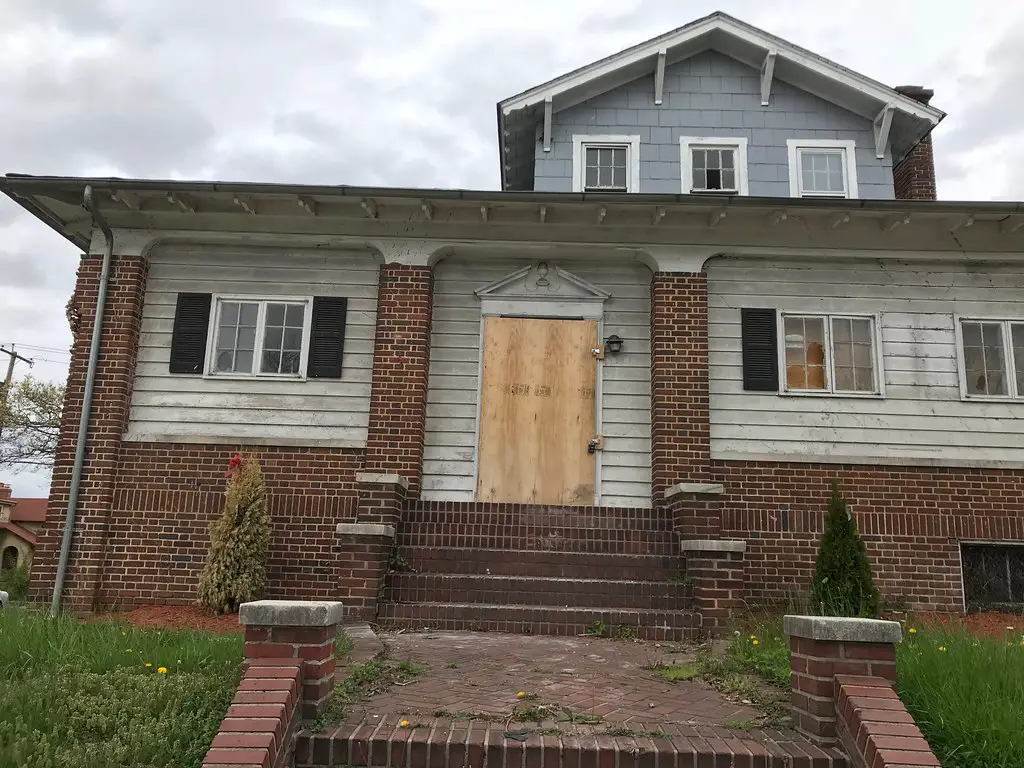
Aiming to tackle housing shortages, several urban centers are introducing taxes on vacant properties. Dubbed the “ghost town” tax, this law imposes hefty fees on property owners who leave homes or apartments unoccupied for more than six months. Cities like San Francisco, Vancouver, and New York are at the forefront of this movement, hoping to discourage speculative buying and encourage rental availability.
Critics argue that the tax unfairly penalizes absentee owners who may have legitimate reasons for keeping a property vacant, such as undergoing renovations or legal disputes. However, supporters believe it will reduce housing scarcity and stabilize skyrocketing rents. To address concerns, cities are implementing exemptions for properties listed on the rental market or under construction. The funds collected from this tax will be used to support affordable housing initiatives and homelessness programs. While the law’s effectiveness remains to be seen, it’s already sparking debate about the ethical responsibilities of property ownership in urban areas.
5. Tree Preservation Mandates for Suburban Properties
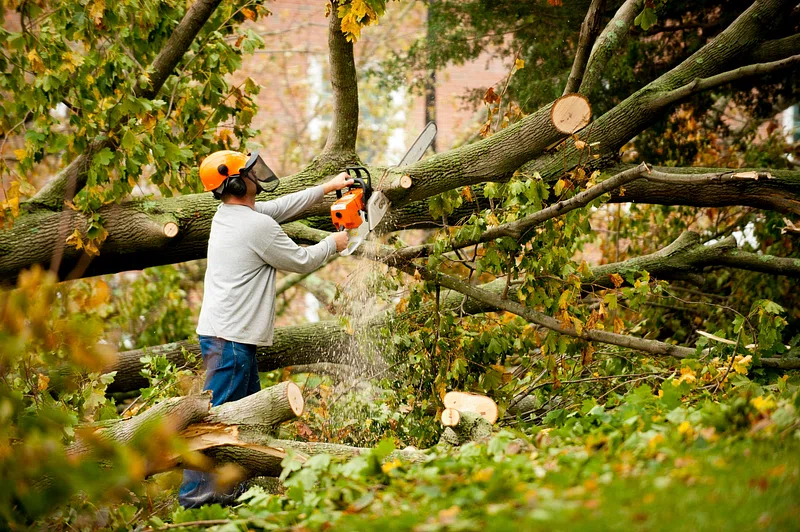
Suburban homeowners will soon face stricter rules about cutting down trees on their properties. New laws require permits for removing mature trees, and in some cases, homeowners must plant replacements if they proceed with removal. This policy aims to combat deforestation and urban heat islands, particularly in rapidly expanding suburbs. Cities like Atlanta and Charlotte are among those enforcing these mandates, citing studies that link tree cover to improved air quality and lower energy costs. Violators face fines of up to $10,000, prompting many to reconsider major landscaping changes.
Critics argue that the law limits property rights, especially for those dealing with invasive roots or safety concerns from overhanging branches. However, advocates emphasize the ecological and aesthetic benefits, such as increased shade, reduced stormwater runoff, and enhanced curb appeal. Some neighborhoods are even creating tree advisory boards to help homeowners make informed decisions about planting and maintenance.
6. Restrictions on DIY Home Renovations
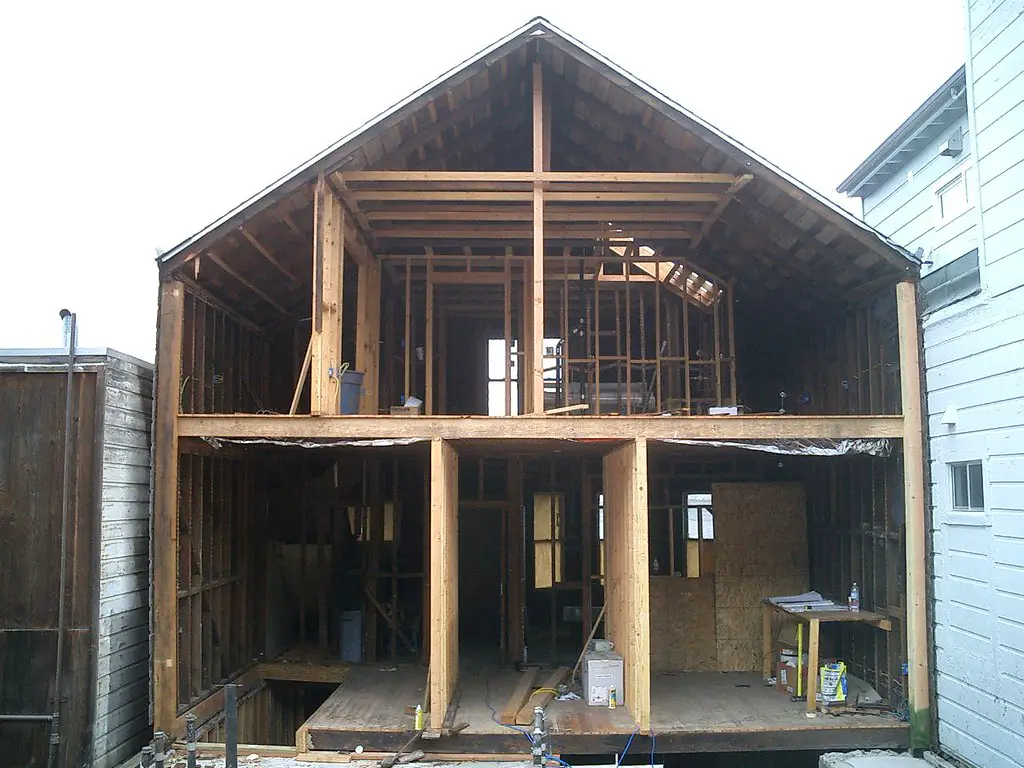
In 2025, some states are cracking down on do-it-yourself (DIY) home renovations by requiring permits for nearly all forms of remodeling. This law aims to improve safety and ensure compliance with building codes, particularly as the popularity of DIY projects continues to rise. States like California and New York are leading this movement, citing concerns over improperly installed plumbing, electrical systems, and structural modifications. Homeowners now face stricter regulations even for seemingly minor projects like adding a backyard deck or retiling a bathroom. Failure to obtain the necessary permits can result in fines ranging from $1,000 to $15,000, depending on the scope of the project.
Supporters argue that these laws will help maintain property values and prevent costly repairs down the line. However, critics believe the policy stifles creativity and adds unnecessary bureaucracy. The new restrictions also create a financial burden for homeowners who will now have to hire licensed contractors for tasks they previously could handle themselves. To offset backlash, some cities are introducing free workshops to educate residents on navigating the permitting process and understanding building codes. The law underscores a growing tension between innovation in home improvement and ensuring public safety in residential spaces.
7. Composting Toilets Mandated in Tiny Homes

As part of a broader push toward sustainable living, new regulations are requiring composting toilets in tiny homes across several states. This eco-friendly alternative to traditional plumbing is designed to reduce water waste and promote self-sufficiency in small living spaces. States like Oregon, Vermont, and Colorado are at the forefront of this trend, citing the environmental benefits of reducing septic and sewage loads. Homeowners are now required to install certified composting systems that meet sanitation standards and include odor-reducing technologies.
Critics argue that the cost of these systems—often upwards of $2,000—can deter people from embracing tiny home living. Supporters, however, point out that composting toilets save money over time by eliminating water bills associated with flushing. The regulation also includes educational resources on proper maintenance to prevent contamination issues. Additionally, tax incentives are being introduced to offset the initial cost of compliance. While the law aims to align tiny homes with green living goals, it has sparked debate about the balance between individual choice and environmental responsibility.
8. Bans on Reflective Roofing Materials in Certain Neighborhoods
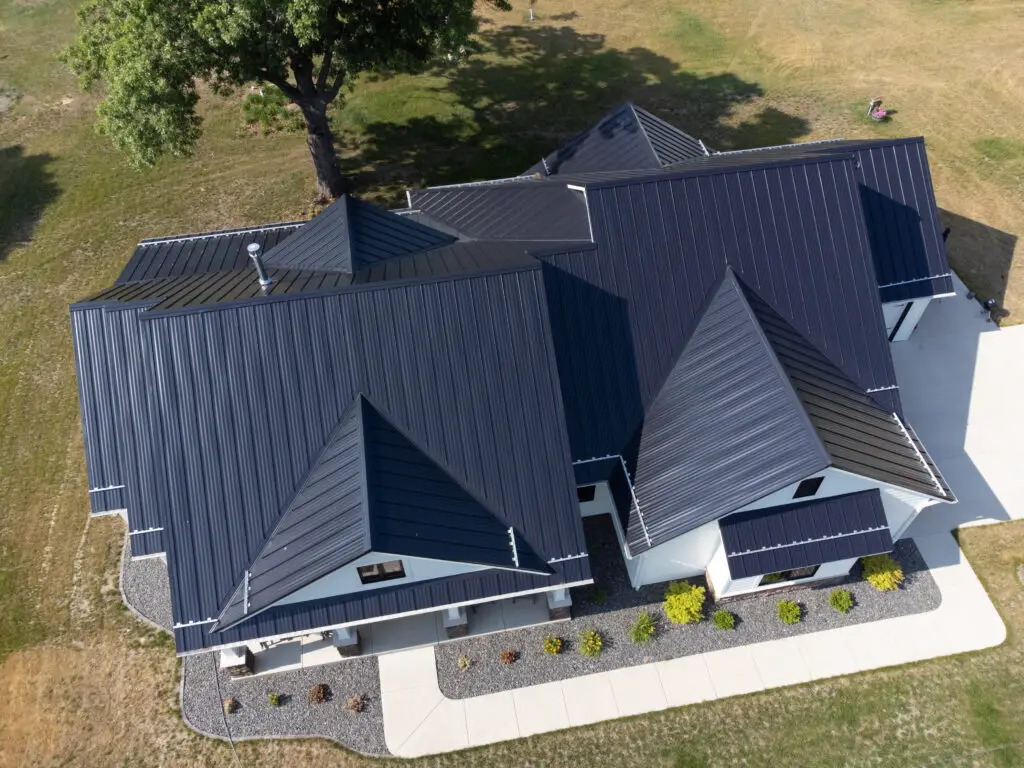
Reflective roofing materials, often used to reduce heat absorption and improve energy efficiency, are being banned in specific neighborhoods due to aesthetic concerns. Homeowners’ associations (HOAs) in areas like Florida and Arizona have pushed for this regulation, arguing that the shiny surfaces disrupt the visual harmony of their communities. Starting in 2025, properties in these neighborhoods must use matte or textured roofing options that blend seamlessly with surrounding homes.
While this rule caters to traditional architectural aesthetics, it has faced significant pushback from environmental advocates. Reflective roofing can lower cooling costs by as much as 20%, making it an effective tool for energy conservation. Critics argue that prioritizing aesthetics over sustainability is shortsighted, especially in regions prone to extreme heat. To address these concerns, some communities are allowing limited reflective coatings, provided they are painted in muted colors. The regulation highlights ongoing tensions between eco-conscious design and preserving neighborhood identity, leaving many wondering which priority will ultimately prevail.
9. Micro-Community Zoning for Aging Populations

To address the needs of aging populations, new zoning laws are enabling the creation of micro-communities specifically designed for older adults. These developments feature smaller homes clustered around shared amenities such as gardens, recreation centers, and healthcare facilities. States like Florida, Arizona, and Pennsylvania are embracing this model, hoping to combat social isolation and provide seniors with affordable housing options.
Critics argue that these zoning laws may inadvertently segregate older adults from intergenerational communities, limiting their exposure to diverse age groups. However, supporters emphasize that micro-communities offer tailored resources, including wheelchair-accessible infrastructure and on-site medical services. The law also includes provisions for environmental sustainability, requiring energy-efficient construction and green spaces. Developers are incentivized with tax breaks and streamlined permitting processes to encourage participation. While this trend offers promising solutions for senior living, it raises questions about the broader implications of targeted zoning regulations on community dynamics.
10. “Zero Noise” Zones for Residential Areas

In 2025, cities across the U.S. are implementing “zero noise” zones to reduce noise pollution in residential areas. This law prohibits loud music, barking dogs, and even certain types of landscaping equipment like gas-powered leaf blowers. Cities like San Diego, Seattle, and Miami are leading the charge, citing research linking noise pollution to health issues such as stress, sleep disturbances, and cardiovascular problems. Violators face steep fines, with repeat offenders risking legal action.
While many residents welcome the peace and quiet, others argue that the law is overly restrictive and difficult to enforce. Small business owners, particularly landscapers and contractors, are voicing concerns about how these regulations impact their operations. To address these challenges, some municipalities are offering rebates for purchasing electric or manual alternatives to noisy equipment. The “zero noise” law underscores a growing movement toward creating tranquil living environments, even as it sparks debates about practicality and fairness.
11. Limits on Home Office Square Footage

As remote work becomes a permanent fixture of modern life, some cities are limiting the allowable square footage for home offices. This law aims to prevent the misuse of residential properties for commercial purposes, particularly in densely populated urban areas. Cities like Boston, Chicago, and San Francisco are introducing caps that restrict home offices to 25% of the property’s total square footage. Supporters argue that this ensures homes remain primarily residential spaces and prevents disruptions to neighborhoods.
However, critics feel the law stifles the flexibility remote workers need to design productive spaces. The regulation includes exemptions for licensed professionals like therapists or tutors who work from home but requires additional permits and inspections. Homeowners who exceed the limit risk fines and could even face challenges when selling their properties. While the law aims to balance work-life integration, it raises questions about how cities can adapt to the evolving nature of work without overregulating private spaces.
12. Digital Advertising Bans on Historical Properties
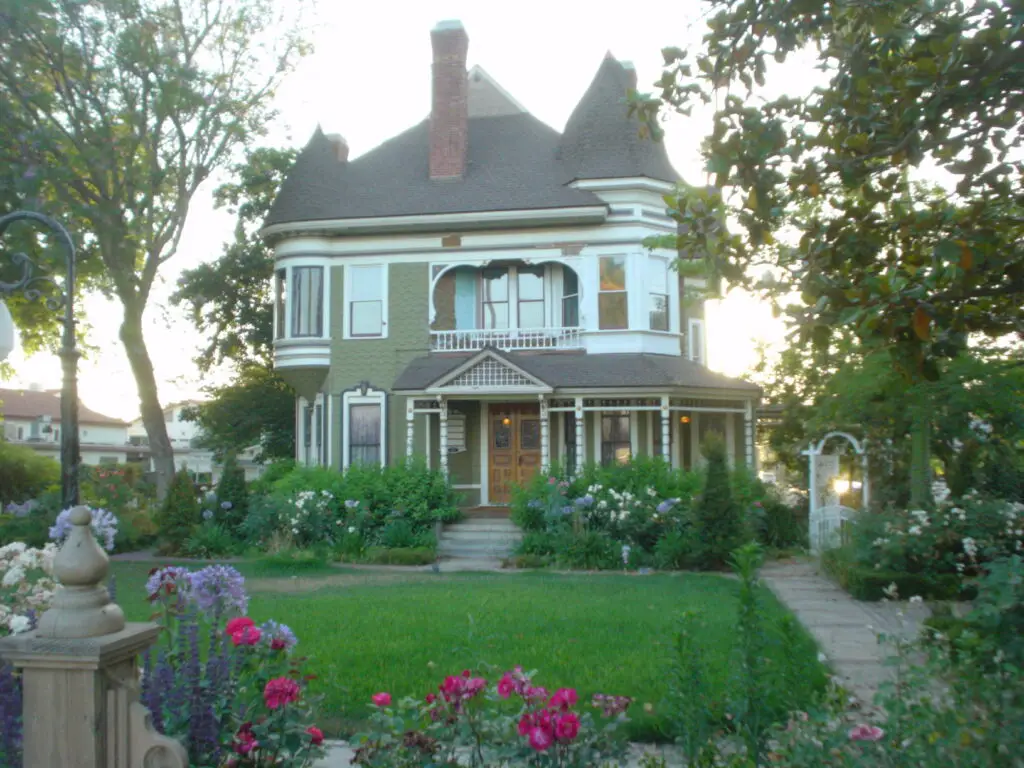
In a surprising move, laws banning digital advertising displays on historical properties are taking effect in 2025. These regulations prohibit homeowners and businesses from installing LED screens or projection systems on buildings designated as historical landmarks. The goal is to preserve the authenticity and aesthetic integrity of these properties, particularly in cities with rich architectural histories like Charleston, Savannah, and Boston.
Supporters argue that modern signage detracts from the charm and cultural value of these sites, while critics view the law as overly rigid. Businesses that rely on digital advertising claim the regulation limits their ability to attract customers, especially in tourist-heavy areas. To address these concerns, some cities are allowing limited use of digital signage in non-visible locations, such as courtyards or alleyways. Additionally, grants are being introduced to help businesses transition to traditional signage methods that align with historical aesthetics. This law underscores the tension between modernization and preservation, forcing communities to navigate the complexities of honoring their past while embracing the future.
